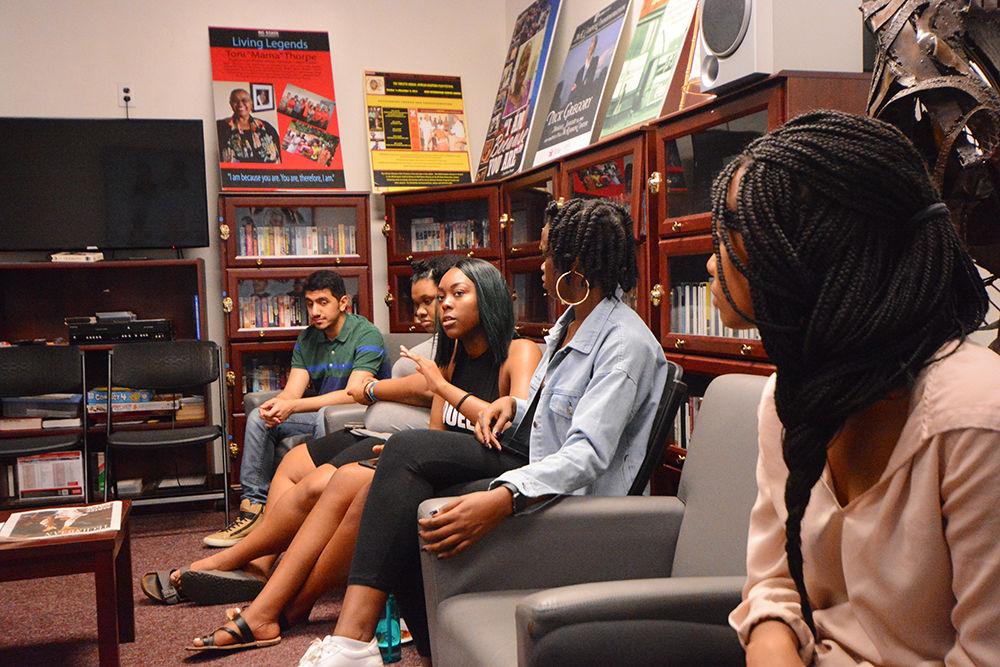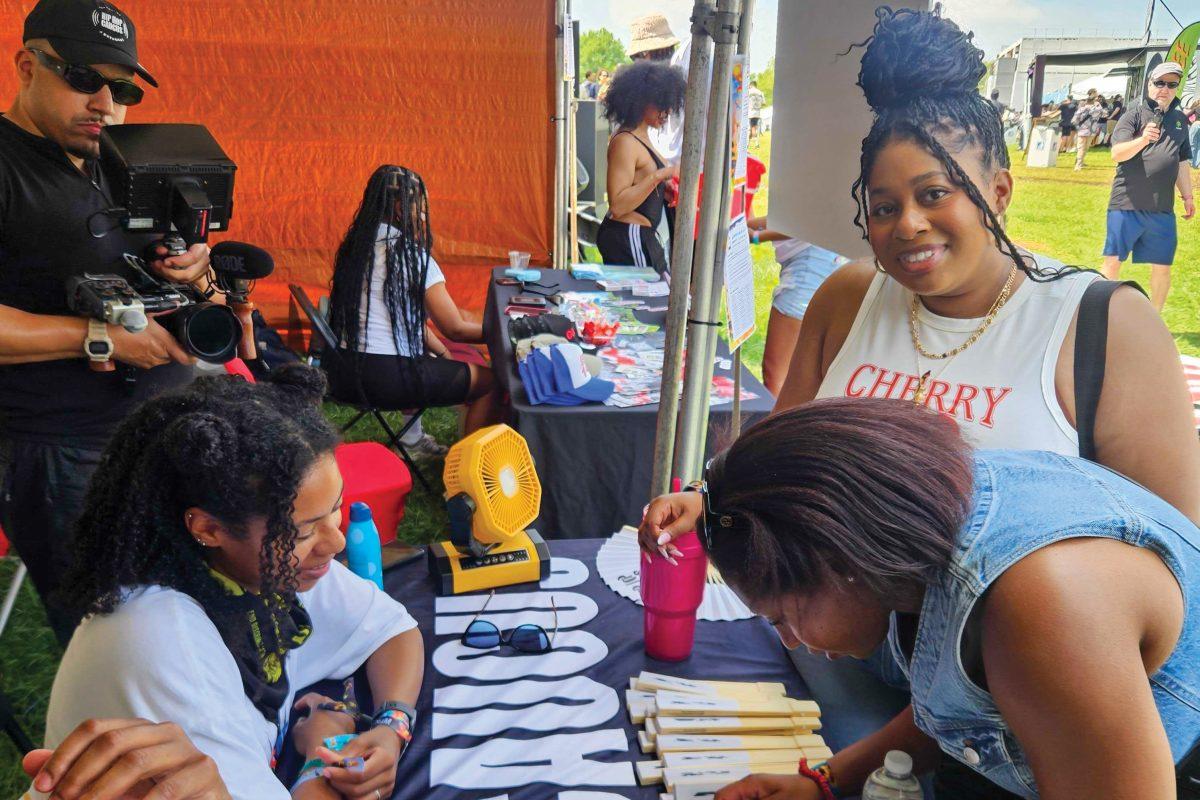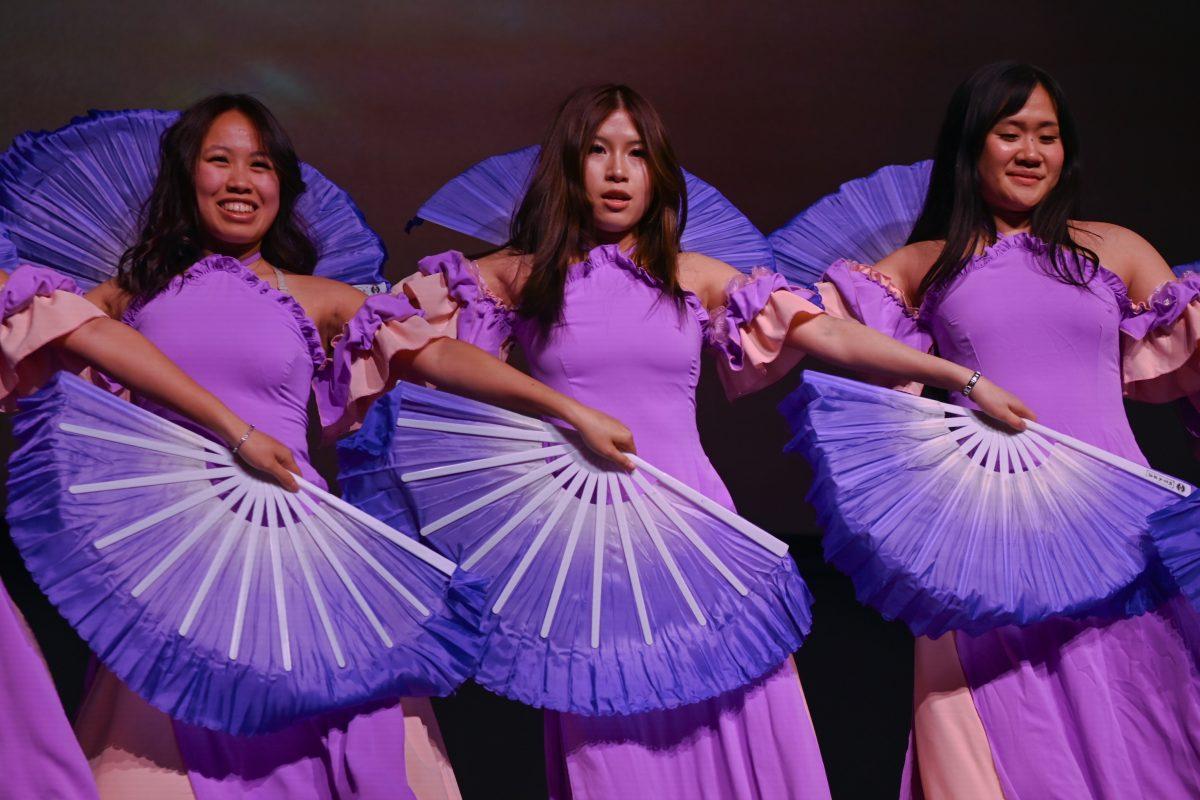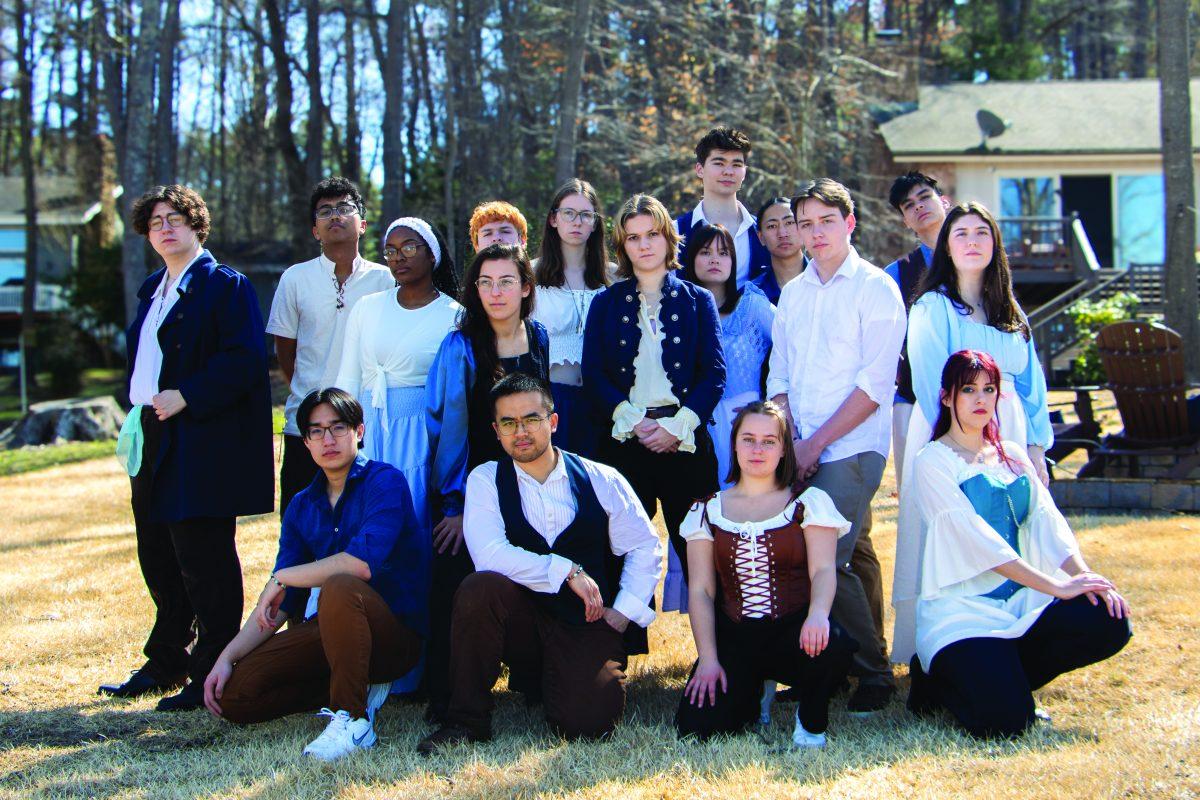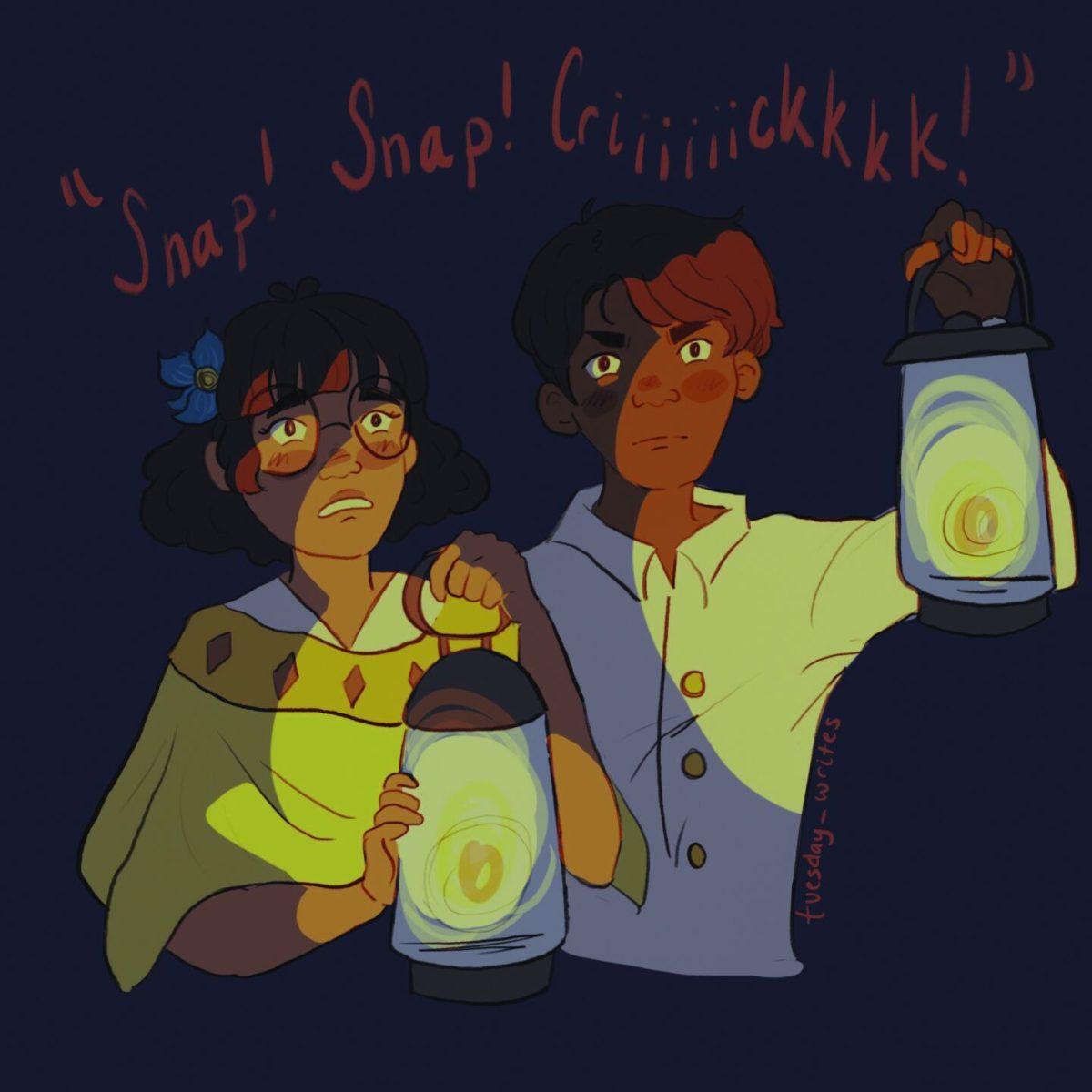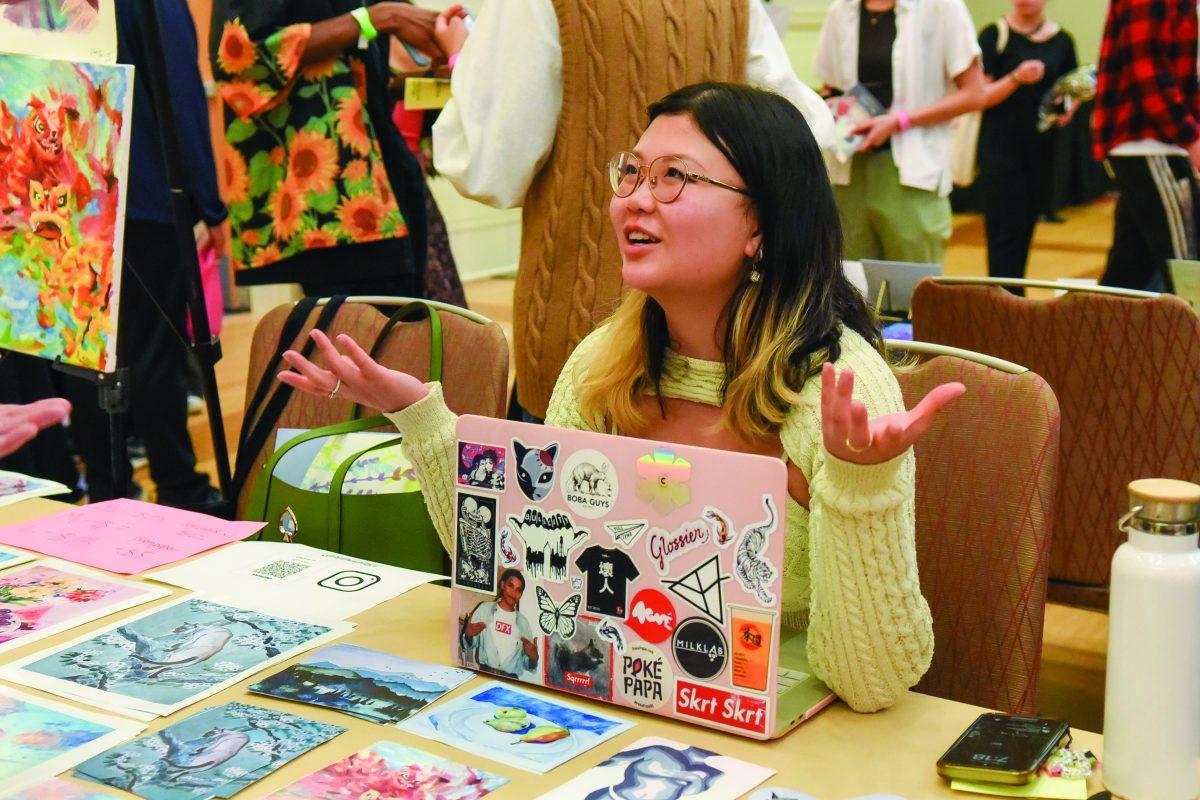What’s on the Table? is a biweekly conversation-based space offered to students through the African American Cultural Center (AACC), which is located on the third floor of Witherspoon Student Center. During the event, students are welcome to come and share stories and happenings with one another, as well as discuss what it means to be Black.
According to Isaiah Lucas, the program coordinator of the AACC, What’s on the Table? is meant to be a healing experience for students that isn’t grounded in solutions-based dialogue. Essentially, according to Lucas, it’s a space for students to air their grievances without judgment and without having to worry about finding a solution for said issues.
“I would describe What’s on the Table? as a space that the African American Cultural Center facilitates to allow Black folks across campus to find a space to heal, to find a space to grieve, to find a space to select celebrate, to talk about key topics, to talk about trauma, to have a space just to be Black, be existing and have a space to be relatable with other people who are going through like-minded situations,” Lucas said. “This space is not solutions-focused; it’s a space for us to just have conversations.”
Occurring every other Friday, What’s on the Table? officially resumed conversation on Friday, Feb. 4 and will continue through the rest of the semester.
“We’re not having the conversations to find answers to our questions, but provide them the space for the questions to be asked,” Lucas said. “It’s a thought-provoking space, you learn a lot in this space. It’s really a time for us to come together and heal as a community. That would be the best way to describe it for us, to heal as a community to talk about our collective trauma. And it’s also a place to celebrate who we are.”
Lucas said What’s on the Table? has been occurring for more than a decade, and the timeframe for meetings is always consistent for a reason.
“It’s situated as a very intentional time frame,” Lucas said. “Because when you think about all that we go through during the week, Friday is a great way to close out the week to reflect on the week that we just had and to really build up the energy to make it through the next week.”
During one What’s on the Table? meeting in the fall semester, students talked about microaggressions they faced on a day-to-day basis at NC State’s campus. The room was full of sympathy for one another and offered an enlightening discussion that lasted for about an hour.
At the beginning of every meeting, students sign in and have a few minutes to congregate and exchange greetings with one another. Within minutes, you’ll have made several new friends who are eager to speak with you. Despite being a predominantly Black space, students of all backgrounds are welcome to attend.
During the aforementioned session, all students and faculty were respectful to one another, avidly listening to each others’ dialogue. To demonstrate the togetherness of the program, Lucas, as well as several other faculty members of the AACC, such as angela gay-audre and Andaiye Qaasim, the director and assistant director of the AACC, respectively, all sat in on the session and were a large part of the conversation.
But the AACC’s faculty aren’t the only ones facilitating discussion. A large portion of the conversation relies on the organization’s AYA Ambassadors.
According to the AACC’s website, AYA is the adinkra symbol for endurance and resourcefulness, something that the AYA Ambassadors implement in their work as they cultivate skills and help members develop.
Max Fennell, a third-year studying psychology, is one of these AYA Ambassadors. According to Fennell, there is an application to become an AYA Ambassador and these students make sure conversations don’t go off the rails and help guide participants.
Fennell said that one of her favorite aspects of What’s on the Table? is the range in which conversations can fall, with topics varying from lighter to heavier discussion matters.
“I do find all of them engaging,” Fennell said. “Since anything could be on the table, sometimes we have like heavy, deep conversations. And sometimes it’s like, lighter stuff. I know one of the heavier conversations I liked was [we] were speaking about desirability in the Black community. And I like that, because it’s something I could relate to. And then we also have fun conversations, just like whatever’s going on on Twitter. And those are always fun because it’s less emotionally taxing, you’re able to just laugh with friends, basically.”
According to Lucas, the AACC doesn’t just randomly select topics for students and peers to discuss. At the end of each meeting, participants receive assessments on that week’s topics, allowing them to offer their thoughts about that meeting and what they want to talk about in the next meeting.
“We’re intentional about figuring out and understanding what the community needs are, how we protect the community needs and create conversations that are impactful for the people that we serve in our communities,” Lucas said.
Some recent conversations include the weaponization of Black hair, how the Black population is disproportionately affected by the COVID-19 pandemic and what that looks like at NC State, according to Lucas and Fennell.
“I feel like it’s a space where we center Blackness,” Fennell said. “And we just have free-flowing discussions about anything that’s on the table, and we just discuss what’s going on. It’s a safe space, no judgment, and you’re able to listen to the opinions and ideas of other students on campus, mainly Black students.”
What’s on the Table? next meets Friday, Feb. 18 on the third floor of Witherspoon from 3-4:30 pm. Lucas invites all students to come and join in on the genuine discussion.
“It’s a space where we are very real,” Lucas said. “We are 100% transparent, we have real talk, we have real conversations. And for people who want to come out … be prepared to embark and then engage in a conversation that’s going to be transformative.”


